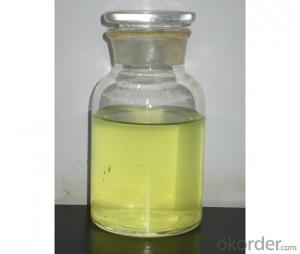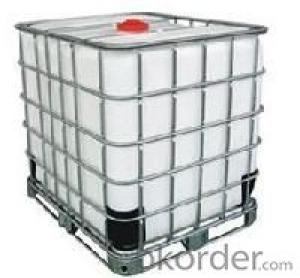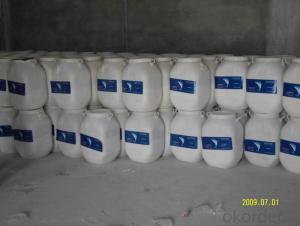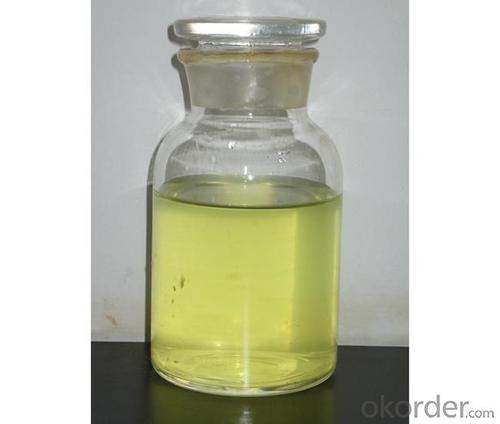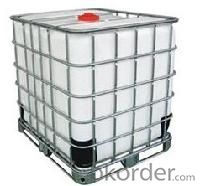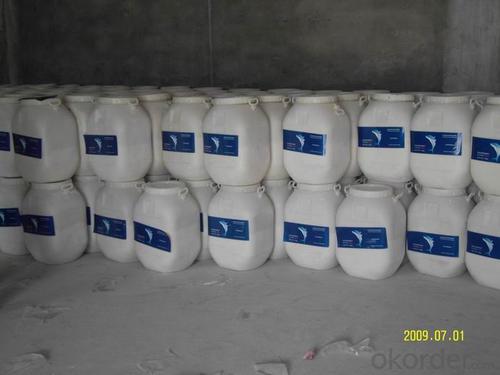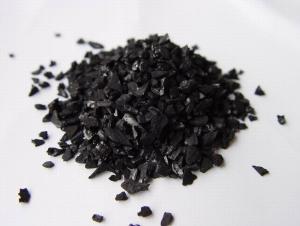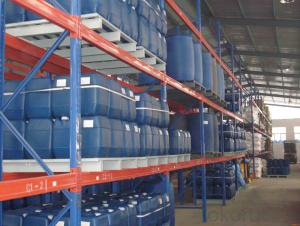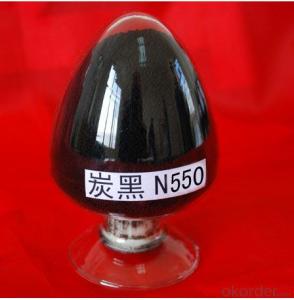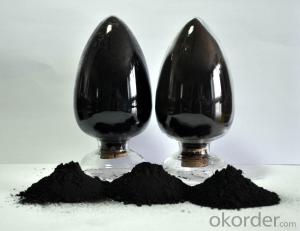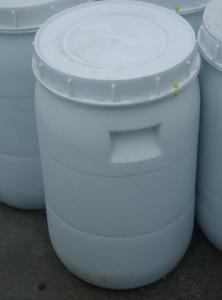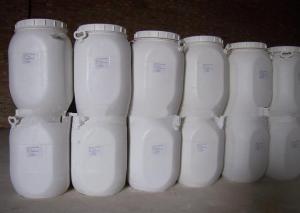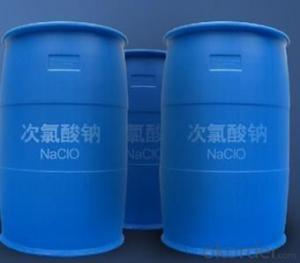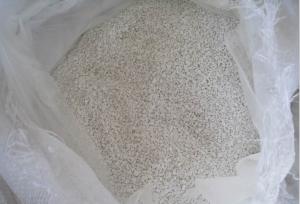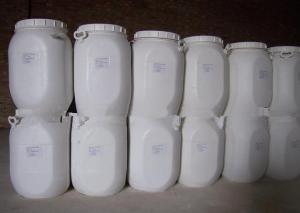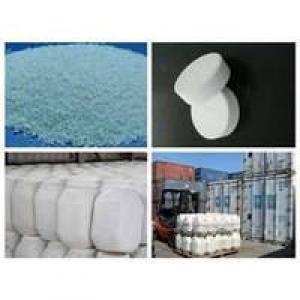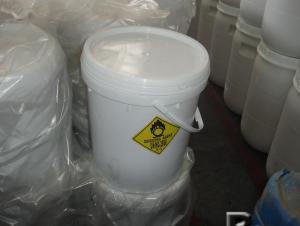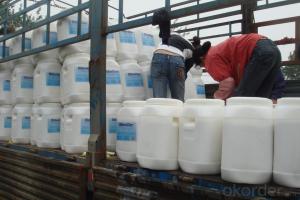Factory Supply Calcium Hypochlorite 65-70% (sodium process)
- Loading Port:
- Tianjin
- Payment Terms:
- TT OR LC
- Min Order Qty:
- 25 m.t.
- Supply Capability:
- 6000 m.t./month
OKorder Service Pledge
OKorder Financial Service
You Might Also Like
Sodium Hypochlorite
CAS NO: 7681-52-9
Chemical Formula: NaClO
Molecular Weight: 74.44
Appearance: Yellow transparent Liquid
Standard: HG/T2498-1993
Specification:
Available Chlorine: 8%-16%
NaOH: 1% Max
Transportation Info:
Class: 8 UN NO: 1791 PG:III
Application:
Disinfection for swimming pool, drinking water, cooling tower and sewage and waste water, food, and farming, hospital, school, station and household etc
Good bleaching and oxidation in paper and dye industry.
Normal Packing: 30kg drum, 1200kg IBC Tank
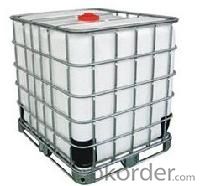
he Electrolysis antifouling machine is widely used on ship, drilling rig, seaside power plant, nuclear power plant and chemical industries.
Parameters of the marine growth preventing device:
u Voltage: AC220V ( modified according to client’s demands)
u Current: Determined by the amount of chlorine produced
u Power: 7kw/kg chlorine
u Concentration of chlorine ions in the seawater: more than 12000ppm.
u Temperature of seawater: not lower than 7 degree Celsius
System Configuration
1) sodium hypochlorite Generating unit:
Including electrolyzing cell, pipeline, valve, pipe supports and related accessories.
2) sodium hypochlorite Storage and Dosing unit:
Including sodium hypochlorite storage tank, dosing pump and pipeline, valve, pipe support and related accessories.
3) Washing Unit:
Including acid washing tank, acid washing pump, and pipeline, valve, support and accessories.
4) Control Unit:
Including control equipments for the whole seawater electrolyzing sodium hypochlorite generating system and dosing system, pipeline, valve, accessories.
5) Power supply:
Including transformer side power supply(AC380V,60Hz,3phse AC power), other equipments rated power supply(380V/220V 3phase, 4 line, AC power), and other accessories and valves.
6) Operation Method
1,Automatic running with remote control (within 100m). Each set of sodium hypochlorite generating system can operate separately, active chlorine producing capacity is 500 kg/h (chlorine ion in seawater is >15000mg/L).
2, Active chlorine producing capacity is adjustable with 50%,70%,90% by regulating the current of electrolysing cell.
- Q: why is palladium/platinum a good catalyst?
- Sparky 22 is wrong. Metals like palladium and platinum and nickel do absorb hydrogen. For example many times when doing a catalytic hydrogenation with Raney-Nickel you do not need to add H2 because enough H2 is already absorbed on the metal.
- Q: The role and significance of chemical catalysts
- In the pre-chemical reaction, to speed up the reaction rate, and in the chemical reaction before and after the material quality and chemical properties are not changed.
- Q: Cl + O3 ---> ClO + O2O + ClO ---> Cl + O2= O + O3 ----> 2O2What is the catalyst? The intermediate?How do you know which is which? If the rate law is rate=k [O3] [Cl]determine:a) the overall order.b) unit for k.c) the rate determining step, justify your answer.
- Cl is the catalyst. ClO the intermediate. The catalyst is the component which does not change in overall reaction. He forms some intermediate component(s) with the reactants. In the later reaction steps the intermediate(s) react forming the catalyst in its original state. (a) The overall order is the sum of the orders with respect to the components: n = 1 +1 = 2 (b) the unit of the rate of reaction is r [=] mol/ (Ls) (more general mol per unit time and volume) compare dimensions mol / (Ls) [=] k · mo/L · mol/L =k [=] L/(s mol) (more general unit volume per unit time and mole) (c) First reaction For elementary reaction steps the order of the reaction rate with respect to a reactant is equal to stoichiometric coefficient. Hence the rate of first reaction is: r? = k?·[Cl]·[O?] Overall rate is given by the rate determining step, while other reaction steps are in equilibrium: r = r? = k?·[Cl]·[O?] If second reaction is the rate determine step r? = k?·[O]·[ClO] while reaction 1 is at equilibrium K? = ( [ClO]·[O?] ) / ( [Cl]·[O?] ) =[ClO] = K?·( [Cl]·[O?] ) / [O?] the overall rate would be: r = r? = k?·[O]·[ClO] = K?·k?·[O]·[Cl]·[O?] / [O?] = k·[O]·[Cl]·[O?] / [O?] That doesn't match the observed rate law
- Q: Chemical Glossary: Catalyst
- The catalyst is a substance that can change the rate of the reaction without changing the standard of the reaction Gibbs free, according to the definition of the International Pure and Applied Chemistry (IUPAC) in 1981, Enthalpy change. This effect is called catalysis. The reaction involving the catalyst is a catalytic reaction.
- Q: i know that the catalyst is not react in an reaction,,,so that i don't why could it speed up the reaction?? Further, how does the scientist determine the catalyst for certain reaction??please give me more example....i really want to know it! i do not have any idea about this...so hope your answer will help me....thanks!
- Normal reaction requires much heat and energy but a catalyst provides a space where it can be done without either since provides space for both to bump into each other and stay till they bond..so catalyst is not involved in reaction but allowed it to occur at a much lower temp and energy.
- Q: What is chemical adsorption and its relationship with heterogeneous catalysis
- The catalytic cycle includes five steps: diffusion, chemical adsorption, surface reaction, desorption and reverse diffusion.The chemical adsorption is an important part of the heterogeneous catalysis process, and the adsorption of the reactants on the catalyst surface,
- Q: What is the definition and function of the catalyst in chemistry?
- The catalyst plays an important role in chemical production. For example: in the oil refining process, the use of high-performance catalyst into gasoline and no other; in the car exhaust treatment process, with the catalyst to promote harmful gas conversion ...
- Q: Why does the chemical and chemical properties change before and after the reaction?
- Definition: According to the definition proposed by IUPAC in 1981, the catalyst is a substance that accelerates the rate of the reaction without changing the standard Gibbs free enthalpy change of the reaction. This effect is called catalysis. Involving the presentation of the catalyst for the catalytic reaction
- Q: what is the difference between enzyme and catalyst?
- Enzymes and catalysts both affect the rate of a reaction. The difference between catalysts and enzymes is that while catalysts are inorganic compounds, enzymes are largely organic in nature and are bio-catalysts. Even though all known enzymes are catalysts, all catalysts are not enzymes. Moreover, catalysts and enzymes are not consumed in the reactions they catalyze. Catalysts are low molecular weight componds, enzymes are high molecular globular proteins. Catalysts are inorganic, enzymes are organic. Catalyst reaction rates are slower (usually) than enzyme reaction rates. Catalysts are not generally specific - enzymes are VERY specific. Catalysts increase or decrease the rate of a chemical reaction, enzymes are proteins that incrase the rate of chemical reactions & convert the substrate into product. There are 2 types of catalysts - (positive & negative), and the 2 types of enzymes are activation enzymes and inhibitory enzymes. Catalysts are simple inorganic molecules, while enzymes are complex proteins.
Send your message to us
Factory Supply Calcium Hypochlorite 65-70% (sodium process)
- Loading Port:
- Tianjin
- Payment Terms:
- TT OR LC
- Min Order Qty:
- 25 m.t.
- Supply Capability:
- 6000 m.t./month
OKorder Service Pledge
OKorder Financial Service
Similar products
Hot products
Hot Searches
Related keywords
